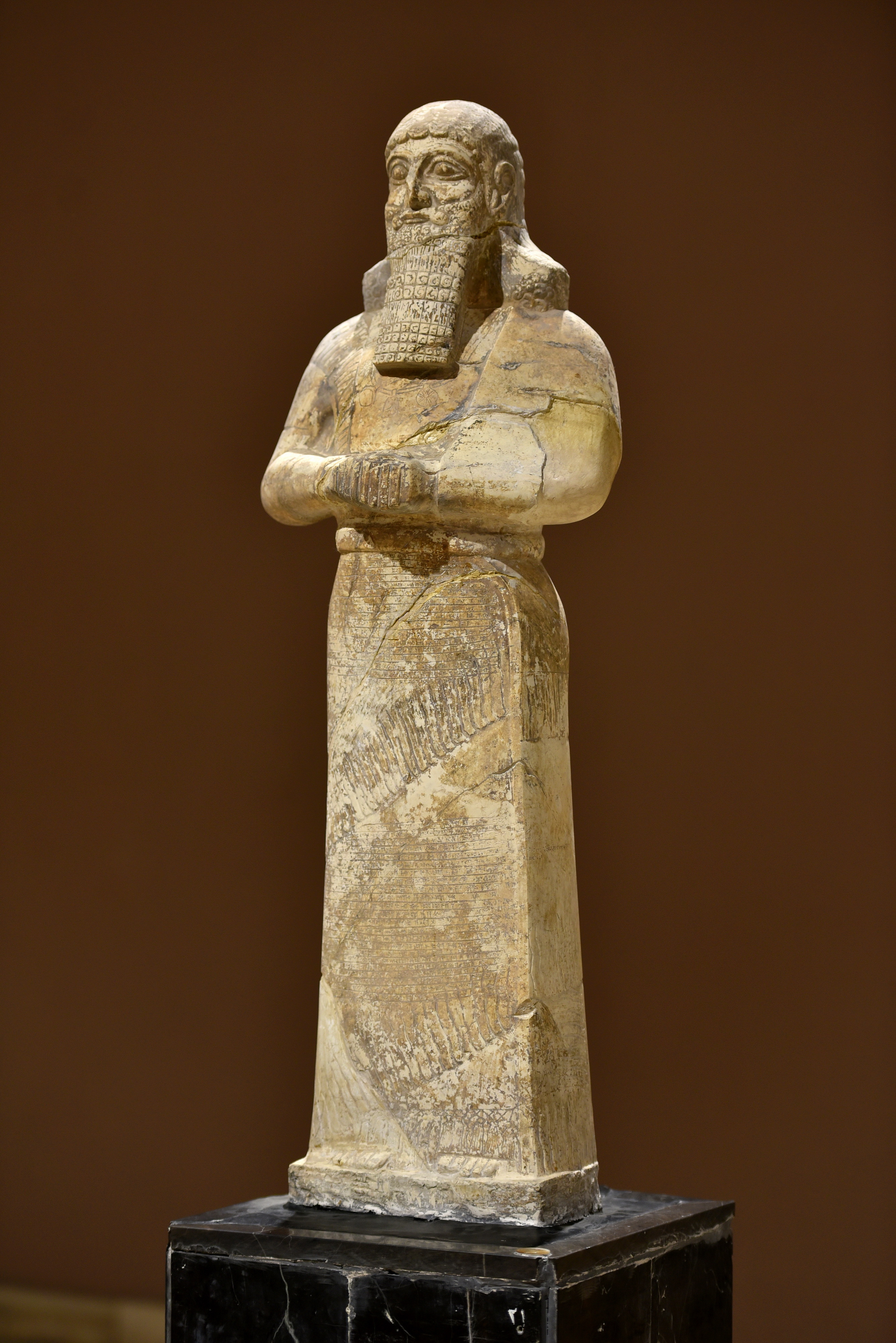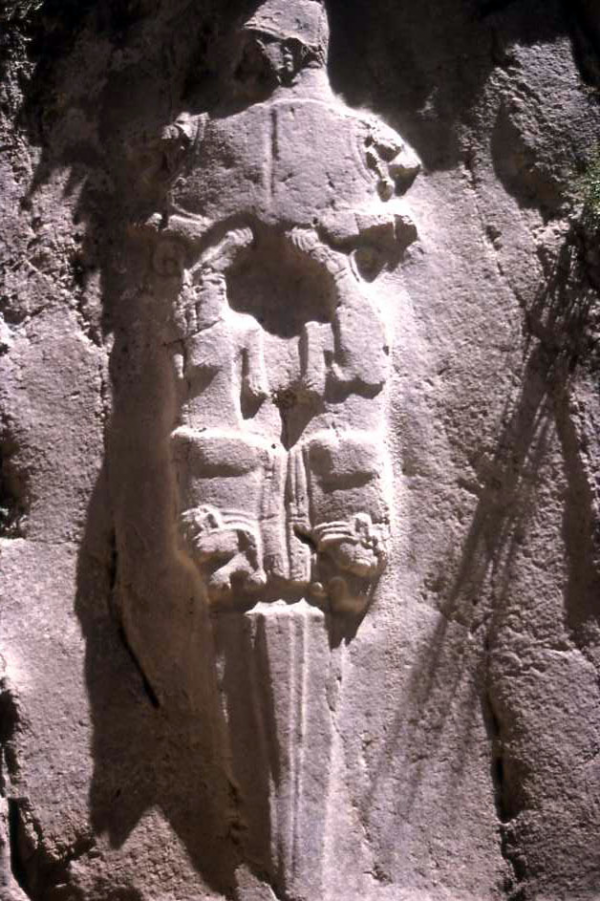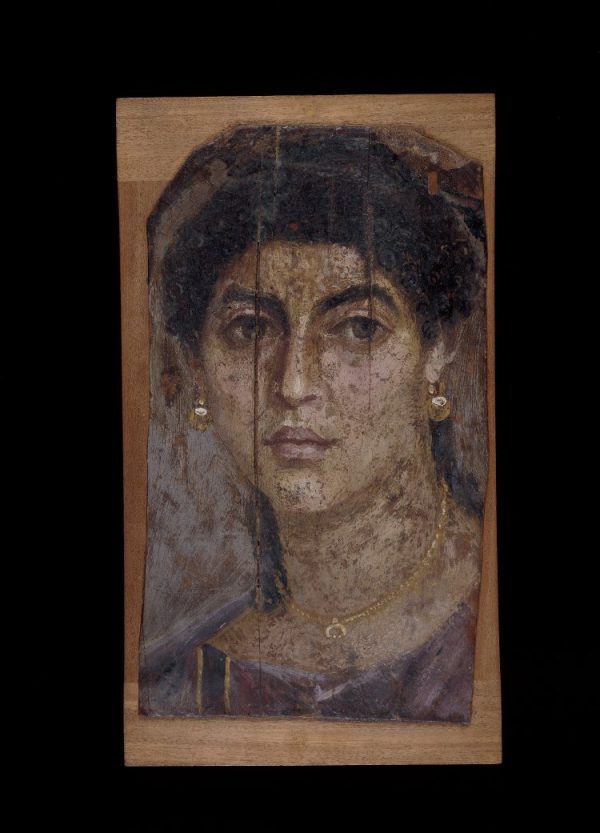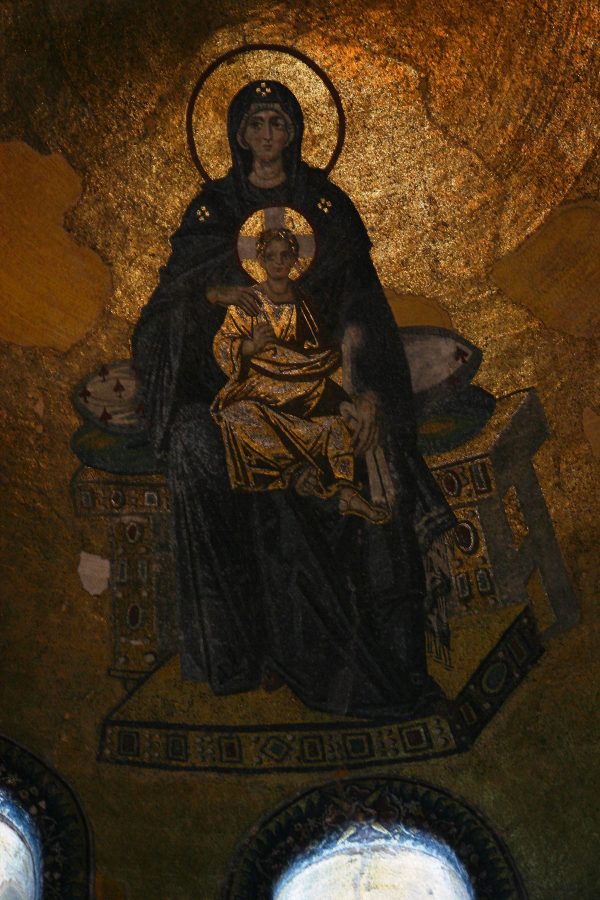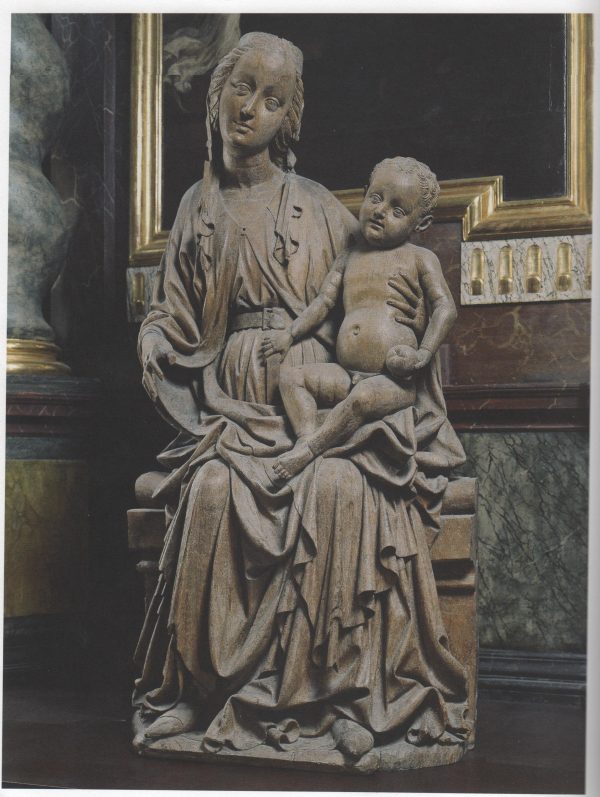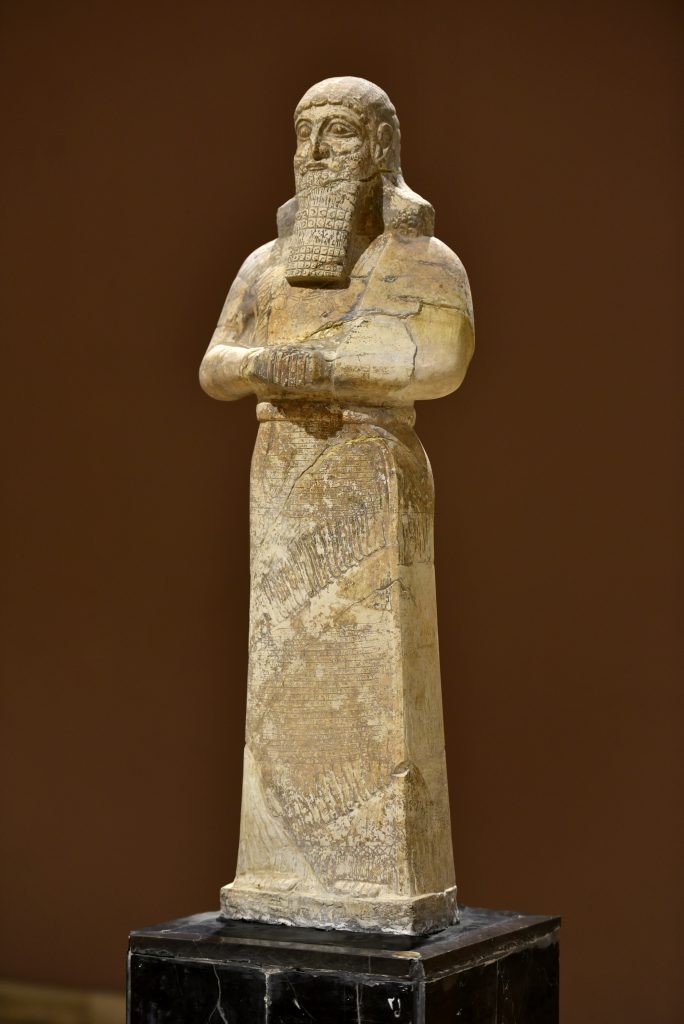
Shalmaneser III ruled Assyria 859–824 BCE. Found in Nimrud (south of Mosul), this statue of him is today on display at the Iraq Museum in Baghdad. Its cuneiform inscription describes it as a ‘statue of polished, shining, precious calcite whose artistic features are most beautiful to look upon’ ( J. V. Kinnier Wilson, ‘The Kurba’il Statue of Shalmaneser III’, Iraq 24 (1962): 96).
What is the relation between the verbal description (or is it prescription?) of the statue’s beauty and an archaeologist’s appreciation of it? Were there no inscription, would its aesthetic status be recoverable by other means? I look into those questions in my essay ‘Aesthetic Archaeology’ published in Critical Inquiry.
